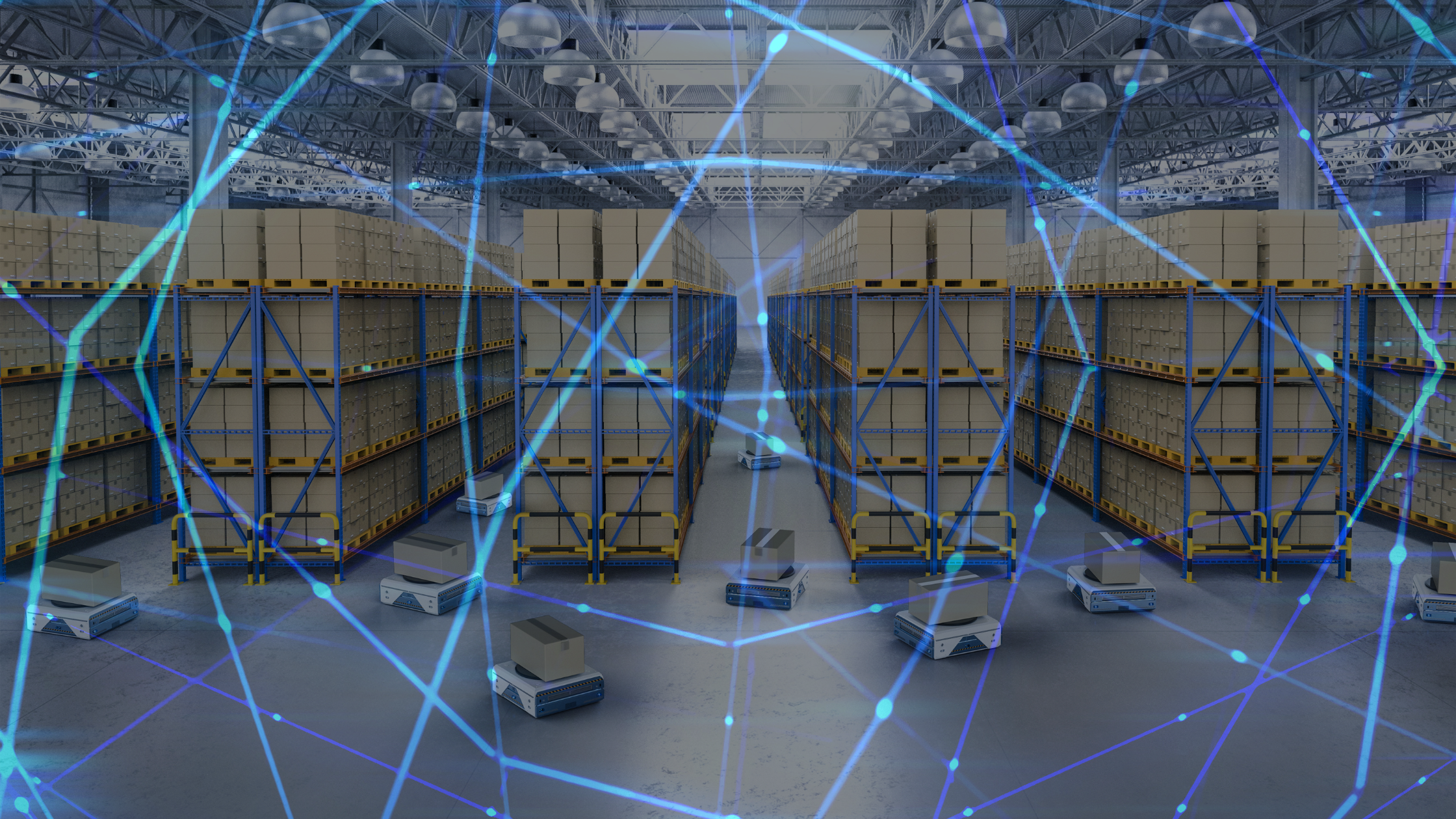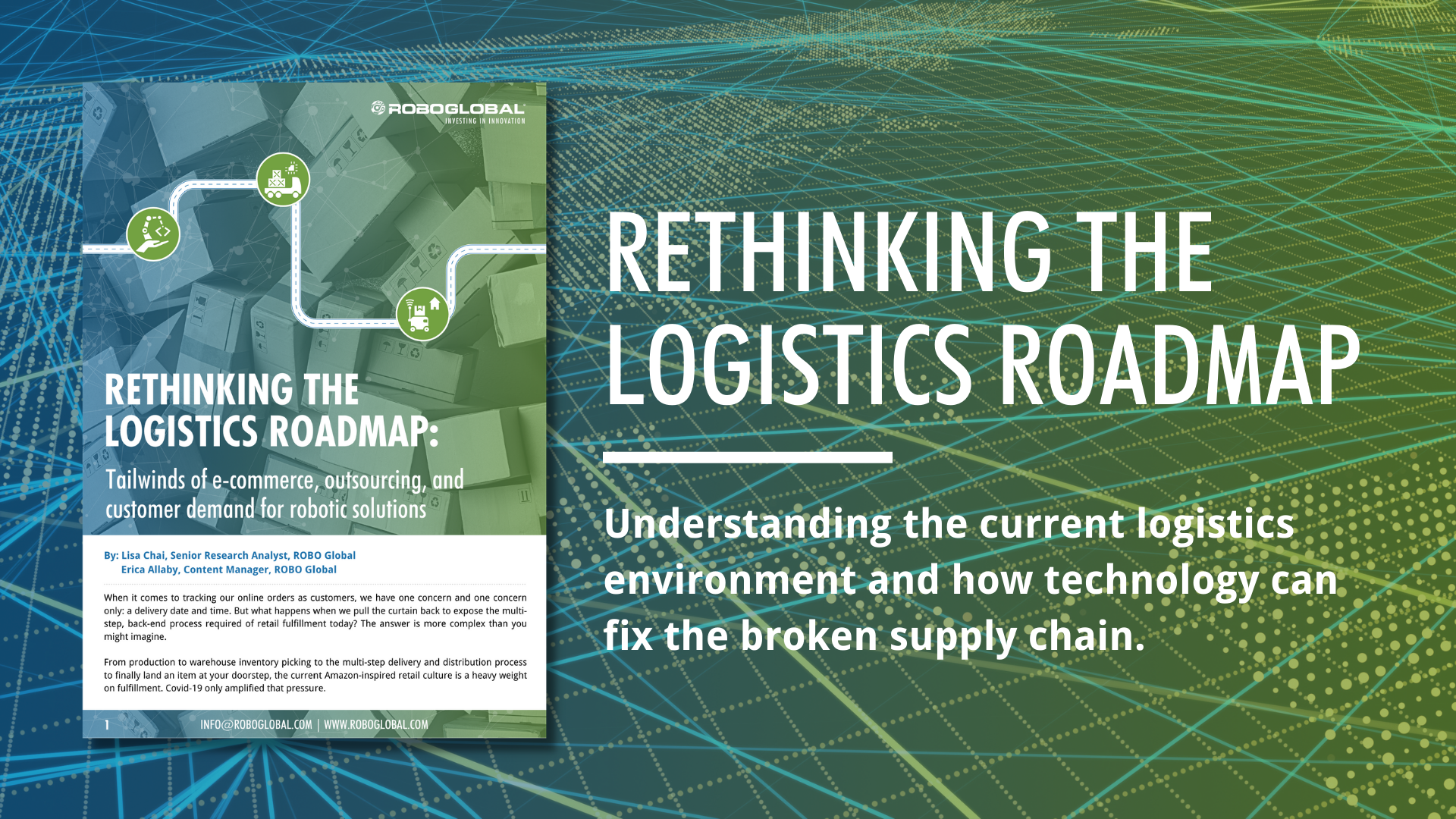By: Dr. Henrik Christensen, ROBO Global Strategic Advisor
Over the past few years, we have seen tremendous progress on robot technology across manufacturing, healthcare applications, autonomous cars, and unmanned aerial vehicles, but also major progress on core technologies such as sensors, communication systems, displays, and basic computing.
It comes as no surprise that with 2020 came some major societal shifts stemming from the introduction of the novel coronavirus. As of September 2020, COVID-19 has already infected more than 27 million people, with 6+ million of them in the US alone. This global pandemic has had several effects across many industries.
Thanks to the continued development of robotics technology and applications, these systems are being deployed in a number of industries to aid in the fight against the spread of COVID-19. Together with a group of 80 people across industry, research, and academia institutes, we compiled a 2020 update to the US Robotics Roadmap that was initially presented to Congress in 2009. Here are some of the key industries that stand to benefit from the use of robotics and automation:
.png?width=1920&name=US%20Robotics%20Roadmap%20(1).png)
The Healthcare System
The healthcare system has been challenged following extended quarantines at home, with a large number of layoffs in the US (and globally). In addition, travel has come to a near halt. An obvious question is how and where robotics and automation can assist in such a scenario. In the healthcare sector, there are quite a few clear use-cases.
Demand for an increased testing frequency to get a nuanced view of the degree of infection and the speed of infections (R0).
Laboratory robots allow for more testing and deliver results faster through automation. With the increased exposure to COVID-19 of healthcare professionals working on the front lines, there is a real need for automation to not only acquire samples from patients but also enable doctors to examine patients from a distance. Telepresence robots can also help to increase the social distance between patients and medical personnel for routine tasks and, through this, reduce the risk of exposure for professionals. There are numerous use-cases for medical robots beyond the more well-known surgical examples.
Manufacturing
Manufacturing has declined significantly during COVID-19, in part due to changes in market needs, but also due to the economic recession gaining momentum following the start of the pandemic. Total industrial production is seeing a downturn, with automotive sales declining by more than 50%. Due to home isolation, traffic patterns changed dramatically, retail sales declined over 20% during September 2020, and food/drink sales were down by 50% over the same period.
Despite these tailwinds, e-commerce continued to see significant growth. Sales of goods in the traditional retail sector shifted from brick-and-mortar shops to the Web.
Over the last year, e-commerce was already seeing tremendous growth globally. Amazon deployed more than 200,000 mobile platforms in its warehouses and is likely at around 300,000 today. We are also seeing major progress with automated object pickup/handling. As people continue to minimize contact levels for in-home items, we will see higher automation at distribution centers.
There is also significant interest in solving last-mile delivery from the truck to the front door. One last-mile solution could be through the use of a traditional mobile platform, as seen by Amazon’s Scout. Another potential solution is a humanoid robot, like Digit by Agility Robotics, or more traditional services such as May Mobility. A high-in-the-sky option tapping into the drone market for air deliveries can be seen with Amazon Prime Air or the UPS experiment.
The Cleaning Industry
Cleaning is a critical and unavoidable topic when it comes to living in a world with COVID-19. This industry includes cleaning and disinfection beyond the hospital and the home. ROBO Index company iRobot has seen a major uptick in the sales of vacuum cleaners and floor scrubbers during the pandemic, with shares up 65% year to date.
RELATED: iRobot Paves the Way for Smarter Homes
Thorough cleaning is now more important than ever. A flood of UVC disinfection robots have also been released to address this issue. Take, for example, the disinfection robot developed by MIT’s Computer Science and Artificial Intelligence Laboratory (CSAIL), led by fellow ROBO Global strategic advisor Daniela Rus.
Through using UVC lighting, it is possible to achieve a higher degree of disinfection, killing more than 99.9% of the virus. In many cases, a high-power source is used to allow even indirect illumination to kill the virus. There are currently more than 100 companies worldwide pursuing this market.
Keenon has developed a robot that uses both UVC lighting and a vaporizer to disinfect an area. The vapor will get to areas that may not be directly exposed to the UV-C light and provide redundant security. These two robots are merely examples of the vast number of new entrants in the disinfection space.
RELATED: MIT’s Disinfection Robot: Using UVC Radiation to Eradicate COVID-19
The first places to utilize UVC robots were hospitals and care facilities. High-traffic use-cases such as airports have also seen deployments. One would expect future use-cases to include hotels, malls, cruise ships, and eventually the home. Even just a few months ago, the growth of this robotics market was unrealistic.
COVID-19 has exposed a number of opportunities for robotics, from cleaning to e-commerce to manufacturing and transportation. Robots are primarily designed to empower people to do things better—in some cases in terms of accuracy, and in other cases as power or sensory extensions and access. In the aftermath of the 2009 recession, adoption of robotics grew significantly. In a post-COVID world, we will see new behavior patterns for social interaction, cleaning, collaboration, and delivery. There are thus many new opportunities for the utilization of robot technology to enhance many aspects of everyday life.
With the ROBO Global Robotics & Automation Index (ROBO), investors can gain exposure to these rapidly evolving industries, captured in the manufacturing, logistics automation, consumer products, and healthcare subsectors. If you’re looking for purer exposure to the technologies transforming healthcare, the ROBO Global Healthcare Technology & Innovation Index (HTEC) zooms in on the disruption occurring in the medical space.
Download the full US Robotics Roadmap here. Further information on the report is available from ROBO Global strategic advisor Prof. Henrik I. Christensen, Director of Contextual Robotics at the University of California San Diego.






